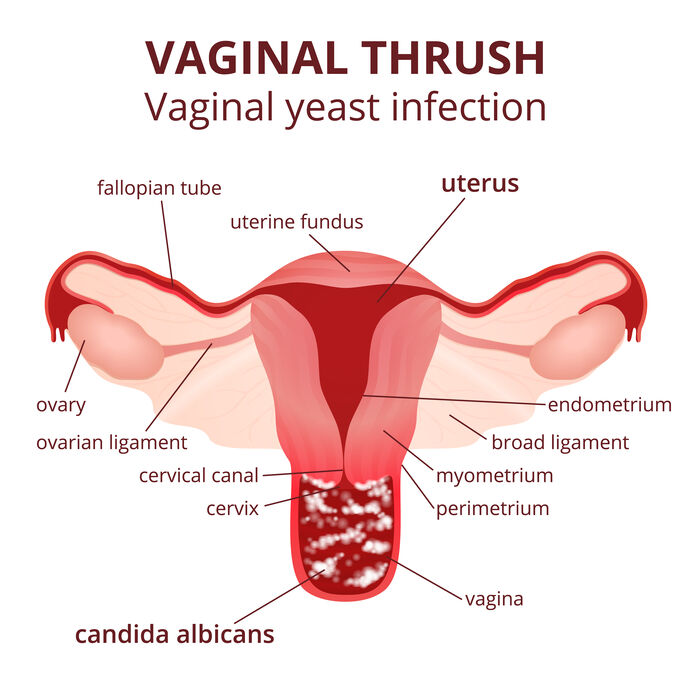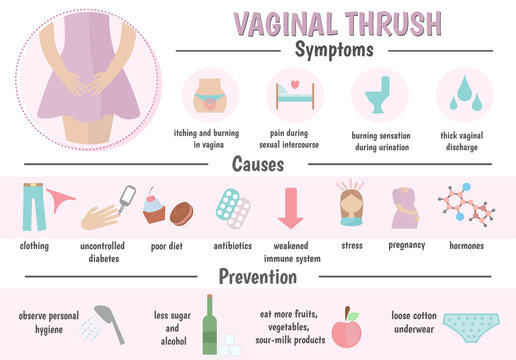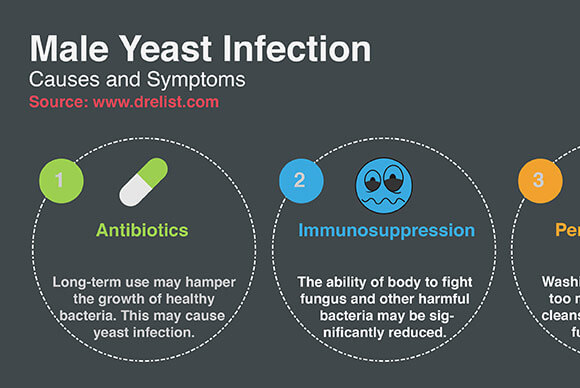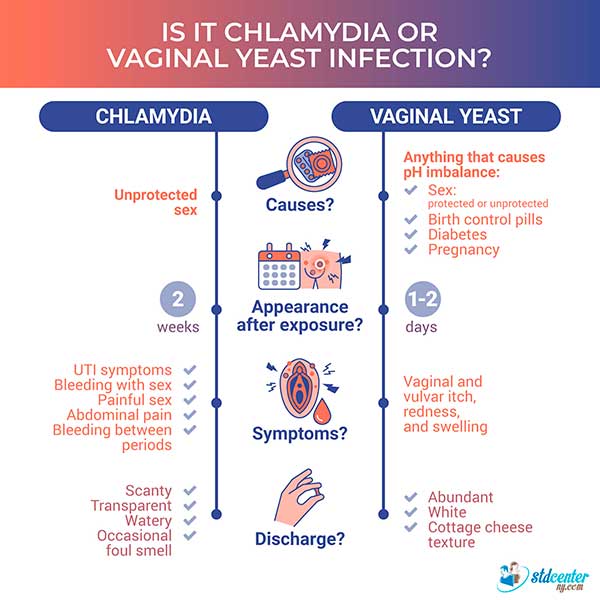Discover the surprising factors that can trigger yeast infections and how to prevent them from disrupting your health and happiness.
Table of Contents
- Introduction: The Yeast Among Us
- What is a Yeast Infection?
- Symptoms: Knowing the Signs
- Yeast Infection vs. Bacterial Vaginosis
- The Sugar Problem: Diabetes
- Can What You Eat Cause Trouble?
- Taking Care of Yourself: Vaginal Health
- Fighting Back: Yeast Infection Treatments
- Preventing Yeast Infections: What You Can Do
- When to See a Doctor
- Wrap it Up: Keeping the Itch at Bay
- FAQs: Your Questions Answered
Introduction: The Yeast Among Us
Have you ever heard about yeast infections? They may sound a little strange, but they are actually quite common. Understanding what yeast infections are can help us stay healthy and feel our best. Let’s take a closer look at these tiny troublemakers and why it’s essential to know about them for our vaginal health.
Yeast infections are caused by tiny organisms called yeast. These pesky little creatures normally live in our bodies in small numbers without causing any trouble. However, when they start to grow too fast, they can cause problems that make you feel uncomfortable and icky. This is why learning about yeast infections is important so we can prevent and treat them properly.
Now, let’s dive into what exactly yeast infections are and why they matter for our well-being.
What is a Yeast Infection?
A yeast infection is a common issue that can make you feel icky and uncomfortable. These infections happen when tiny organisms called yeast start to grow too fast in certain areas of our bodies.
The Friendly Foes Inside
Yeast are usually friendly and helpful tiny organisms that live in small numbers on our skin or in our bodies. But sometimes, things can change, and they start to multiply too quickly. When this happens, it can lead to a yeast infection.
Symptoms: Knowing the Signs
Yeast infections can be sneaky little troublemakers, but they usually come with some signs that let you know something is not quite right. By recognizing these symptoms early on, you can tackle the problem faster and start feeling better sooner.

Image courtesy of www.southavewomensservices.com via Google Images
The Telltale Signs
If you start feeling itchy or sore down there, this could be a sign of a yeast infection. Some kids also notice redness or swelling around the vaginal area, which can be uncomfortable and annoying. Another common symptom is a thick, white discharge that looks a bit like cottage cheese. Keeping an eye out for these signs can help you catch a yeast infection before it gets out of hand.
Yeast infections can make going to the bathroom a bit ouchy too. Peeing might sting, burn, or feel uncomfortable when you have a yeast infection. These symptoms may not all show up at once, but if you notice a few of them happening to you, it’s a good idea to let an adult know so they can help you feel better.
Yeast Infection vs. Bacterial Vaginosis
When it comes to issues that can affect your vaginal health, it’s essential to know the difference between a yeast infection and bacterial vaginosis. While they can have similar symptoms, they are caused by different things and require different treatments to help you feel better.
Yeast Infection: The Unwanted Guests
A yeast infection is caused by an overgrowth of a fungus called Candida. These tiny organisms usually live in your vagina in small numbers without causing any problems. However, factors like taking antibiotics, wearing tight clothing, or having a weakened immune system can cause these fungi to multiply rapidly, leading to a yeast infection.
Bacterial Vaginosis: The Other Culprit
On the other hand, bacterial vaginosis is a condition caused by an imbalance in the bacteria that normally live in your vagina. When the good bacteria are outnumbered by harmful bacteria, it can result in symptoms like unusual discharge and odor. Bacterial vaginosis is not typically caused by the same factors as yeast infections and requires different treatment.
By understanding the differences between yeast infections and bacterial vaginosis, you can work with your doctor to determine the best course of action to address your specific condition and get back to feeling your best.
The Sugar Problem: Diabetes
Having diabetes means you need to watch out for your blood sugar levels. But did you know that high blood sugar can also lead to other issues, like yeast infections?

Image courtesy of stock.adobe.com via Google Images
How Diabetes Can Trigger Yeast Overgrowth
When your blood sugar levels are too high, it creates a perfect environment for yeast to grow. Yeast loves sugar, so having lots of it in your body can cause the yeast to multiply quickly and lead to an infection.
People with diabetes have to be extra careful because their bodies may not be able to regulate sugar levels as well as others. This means they have a higher risk of getting yeast infections.
It’s essential for kids with diabetes to manage their condition carefully to prevent complications like yeast infections. This includes following their doctor’s advice, taking medication as prescribed, and keeping an eye on their blood sugar levels.
Can What You Eat Cause Trouble?
Have you ever wondered if the food you eat can cause problems in your body? Well, when it comes to yeast infections, what you put into your tummy can sometimes lead to trouble. Let’s explore how certain foods can affect yeast growth in your body.
Lactose Intolerance
Do you know what lactose is? It’s a type of sugar found in milk and dairy products. Some people have trouble digesting lactose, and this can lead to bloating, gas, and stomach pain. But did you know that having lactose intolerance might also impact the balance of yeast in your body?
When your body can’t break down lactose properly, it can create an environment where yeast can grow more easily. So, if you notice that eating dairy makes you feel not-so-great, it might be a good idea to talk to a doctor about how it could be affecting your vaginal health, especially if you’re experiencing yeast infections frequently.
Taking Care of Yourself: Vaginal Health
In order to maintain good vaginal health and prevent uncomfortable yeast infections, it’s important to take care of your body. Here are some simple tips that can help keep you feeling fresh and healthy.

Image courtesy of za.pinterest.com via Google Images
Stay Dry and Breezy
One easy way to help prevent yeast infections is to keep your vaginal area dry and comfortable. After swimming or sweating, make sure to change out of wet clothes promptly. Wearing cotton underwear can also help absorb moisture and keep your skin dry.
Cleansing Do’s and Don’ts
When it comes to cleaning your intimate area, less is more. Use mild, unscented soap and warm water to gently wash the outside of your vagina. Avoid harsh chemicals, scented products, and douches that can disrupt the natural balance of bacteria in your body.
Fighting Back: Yeast Infection Treatments
When a yeast infection strikes, it’s important to know that there are ways to fight back and start feeling better. Here are some common treatments that can help you get rid of that uncomfortable itch and irritation.
Over-the-Counter Solutions
If you suspect you have a yeast infection, you can visit your local pharmacy to find over-the-counter treatments. These typically come in the form of creams, suppositories, or ointments that can help clear up the infection.
Prescription Medications
In some cases, a doctor may prescribe stronger medications to treat a stubborn or recurring yeast infection. It’s essential to follow the doctor’s instructions carefully to ensure the infection clears up completely.
Natural Remedies
Some people prefer natural remedies to treat yeast infections. These may include probiotics, garlic, tea tree oil, or yogurt, which can help restore the natural balance of good bacteria in your body.
| Cause | Description |
|---|---|
| Poor Hygiene | Not maintaining good hygiene, such as wearing damp or sweaty clothes for extended periods. |
| Antibiotics | Disruption of the balance of bacteria in the body, leading to overgrowth of yeast. |
| Diet | Consuming excessive sugar or refined carbohydrates can feed yeast growth. |
| Weakened Immune System | Conditions like diabetes or HIV/AIDS can weaken the immune system and make one more susceptible to yeast infections. |
Consulting a Healthcare Provider
If you’re unsure about how to treat a yeast infection or if it keeps coming back, don’t hesitate to see a healthcare provider. They can provide a proper diagnosis and recommend the best course of action to help you feel like yourself again.
Preventing Yeast Infections: What You Can Do
Yeast infections can be a real nuisance, but there are simple steps you can take to prevent them from happening. By making some changes in your daily routines, you can keep those pesky yeast infections at bay and stay feeling fresh and healthy.

Image courtesy of www.drelist.com via Google Images
Keep It Clean and Dry
One of the best ways to prevent yeast infections is to make sure your intimate area stays clean and dry. After swimming or sweating, it’s important to change out of wet clothes promptly. Yeast loves warm, moist environments, so keeping things dry down there can help stop them from multiplying.
Mind Your Clothing Choices
Wearing loose, breathable cotton underwear can also help prevent yeast infections. Avoid tight clothing, especially tight underwear or pants, as they can trap moisture and create a perfect environment for yeast to grow. Opt for looser, more breathable fabrics to keep things cool and comfortable.
Watch Your Diet
Believe it or not, what you eat can play a role in preventing yeast infections. Some people find that cutting back on sugary foods and drinks can help keep yeast at bay. Sugar can feed yeast, causing them to multiply more quickly. So try to limit your intake of sugary treats and opt for healthier snacks instead.
Practice Good Hygiene
Proper hygiene is key to maintaining good vaginal health and preventing yeast infections. When cleaning the area, be sure to use gentle, unscented soap and avoid douching or using harsh chemicals. Keeping the vaginal flora in balance is crucial for warding off yeast overgrowth, so stick to simple cleaning routines to help your body do its job.
When to See a Doctor
Yeast infections can be uncomfortable, but most of the time they can be treated with over-the-counter remedies or simple changes in hygiene habits. However, there are times when it’s important to seek help from a doctor.
When Symptoms Persist
If you’ve been trying to get rid of a yeast infection for a while and the symptoms just won’t go away, it’s time to see a doctor. They can provide stronger medications to help clear up the infection.
Unusual Discharge or Odor
If you notice any strange discharge that doesn’t look like what you usually see during a yeast infection, or if there’s a strong odor accompanying your symptoms, it’s best to consult a doctor. These could be signs of a different type of infection that requires specific treatment.
Recurring Infections
If you keep getting yeast infections over and over again, it may be a sign of an underlying issue that needs to be addressed. Your doctor can help you figure out what’s causing the frequent infections and how to prevent them in the future.
Remember, your doctor is there to help you stay healthy and comfortable. Don’t be afraid to seek their guidance if your yeast infection is causing you distress or if you’re unsure about how to treat it.
Wrap it Up: Keeping the Itch at Bay
In our journey to learn about yeast infections and how to stay healthy, we’ve discovered some crucial tips to keep the itch at bay. By understanding what triggers yeast infections, we can take steps to prevent them from bothering us.

Image courtesy of stdcenterny.com via Google Images
Simple Steps for a Happy Vagina
One essential way to avoid yeast infections is to make sure your vaginal area stays dry and comfy. Wearing breathable cotton undies and changing out of wet swimsuits promptly can help keep things feeling fresh down there.
Cleanse with Care
When it comes to washing your intimate area, keeping it simple is best. Avoid using strong soaps or douches, as they can upset the natural balance of good bacteria. Stick to gentle, unscented cleansers and remember to always wipe from front to back after using the bathroom.
By following these easy guidelines, you can help maintain a happy and healthy vagina, free from the itchiness that yeast infections bring. It’s all about taking care of yourself and listening to what your body needs.
FAQs: Your Questions Answered
Here are some common questions kids might have about yeast infections, answered in simple terms:
Why do yeast infections happen?
Yeast infections happen when the tiny organisms that normally live in our bodies, called yeast, start growing too fast. This can happen for various reasons like wearing wet clothes for too long or taking certain medicines that disturb the balance in our bodies.
Can I still play with my friends if I have a yeast infection?
Having a yeast infection doesn’t mean you can’t play with your friends. It’s important to take care of yourself and follow the doctor’s advice, but you can still have fun and hang out with your pals.
How can I prevent yeast infections?
To prevent yeast infections, it’s essential to keep the vaginal area dry and clean, wear loose-fitting clothes, and avoid using scented products that may upset the balance down there. Eating a healthy diet and staying hydrated can also help keep yeast infections at bay.




